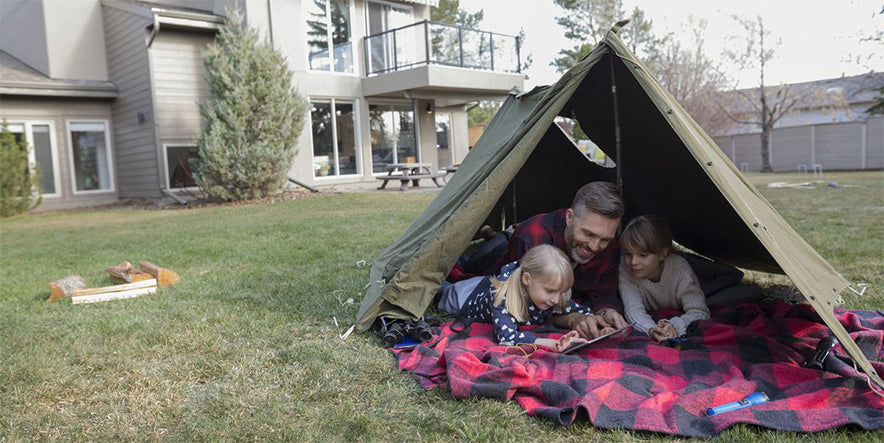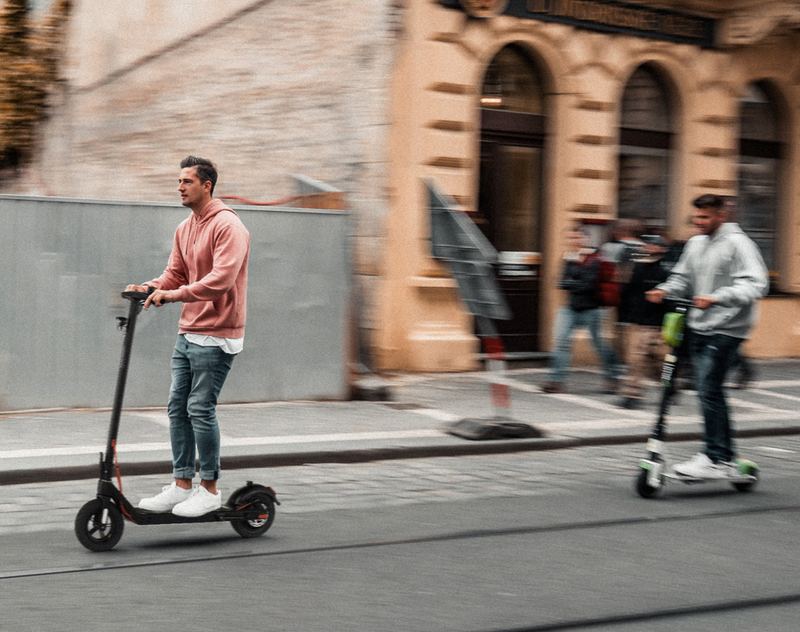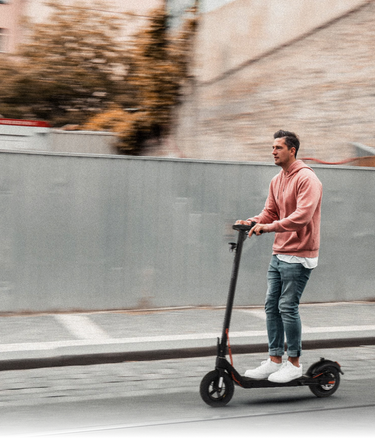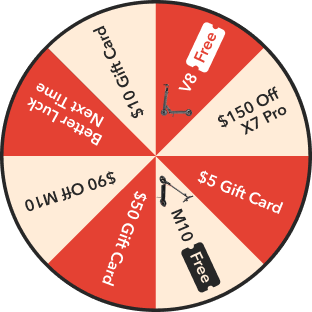As the warm weather approaches, many of us look forward to packing our bags and heading out into nature for a camping trip. But with so many different types of camping available, it can be overwhelming to decide which one is right for you.
In this article, we'll explore 16 different camping types and each type of camping requires different camping tools. It's essential to have a camping guide and follow camping safety tips to ensure a comfortable and secure experience. camping activities such as hiking, fishing, and campfire stories can make your camping trip more enjoyable. If you plan an RV road trip, there are many RV road trip ideas and road trip essentials you should consider. Don't forget to plan what to do on your RV road trip and follow RV trip tips to make the most of your adventure.
Part 1. Front Country Camping vs. Backcountry Camping
Before we dive into the different types of camping, it's important to understand the distinction between front-country and backcountry camping. These terms refer to the two main categories of camping, and each offers a unique experience for campers.
Front country camping, also known as car camping, is a popular option for those who want to enjoy the outdoors without venturing too far from their vehicle. Typically, front country campsites are easily accessible and may offer amenities such as restrooms, showers, and fire pits. Backcountry camping, on the other hand, involves hiking or backpacking to a remote location that is not accessible by car. Backcountry campsites are often primitive, with no facilities or amenities.

The main difference between front-country and backcountry camping is the level of accessibility and amenities. Front country camping is ideal for families or those who prefer a more comfortable camping experience, with easy access to facilities and nearby attractions. Backcountry camping, on the other hand, offers a more rugged and immersive experience, with the opportunity to explore remote wilderness areas and escape the crowds.

Another key difference is the level of preparation required. Front country camping is typically more accessible and less physically demanding, making it a good option for beginners or those who prefer a more laid-back camping experience. Backcountry camping, on the other hand, requires more preparation, including planning a hiking route, carrying all necessary gear and supplies, and being aware of potential hazards and wildlife.
Part 2. 16 Different Types of Camping Styles
Now that we've covered the difference between front-country and backcountry camping, let's dive into the 16 different types of camping styles you should know about. From the luxurious to the minimalist, there's a camping style for everyone. Whether you're looking to relax in nature, embark on an adventure, or explore new surroundings, these camping styles offer a unique experience for all types of campers.
1. Car Camping
This camping style is ideal for those who want to enjoy nature without sacrificing comfort. Car camping involves driving your vehicle to a campsite and setting up camp with a tent or RV. It's perfect for families or groups who want to bring more gear and supplies.

2. RV/Trailer Camping
RV or trailer camping is a popular type of camping that offers the comforts of home while on the road. It's an ideal way to explore the great outdoors while still having all the amenities you need to stay comfortable and safe.
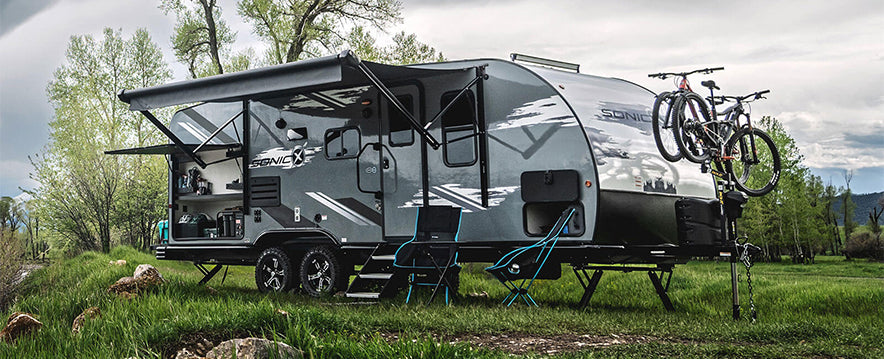
But what about when you reach your destination? What if there are narrow roads or areas that your RV or car can't access? This is where an electric scooter like the TurboAnt M10 Lite comes in handy.
The TurboAnt M10 Lite electric scooter is a top choice for its impressive design, performance, and ride quality. One of the standout features of the TurboAnt M10 Lite is its downward-facing headlight, which provides excellent proximity coverage for safer riding at night. Another convenient feature is the USB phone charging port, which ensures that your cell phone is always powered up and ready to go. The dual-brake system also works in parallel to give you accurately controlled stopping power, adding an extra layer of safety to your rides. With 8.5-inch pneumatic tires and a three-step portable folding system, the TurboAnt M10 Lite is easy to maneuver and transport. It has a top speed of 16 mph, making it suitable for beginners who want to enjoy the great outdoors in style and comfort. So, if you're planning an RV or trailer camping trip, consider taking along the TurboAnt M10 Lite electric scooter for added convenience and fun.

3. Bicycle/Motorcycle Camping
This camping style is for adventure seekers who want to explore the great outdoors on two wheels. Bicycle or motorcycle camping involves carrying your gear and supplies on your bike and setting up camp along your route. It's a great way to combine camping with exercise and adventure.
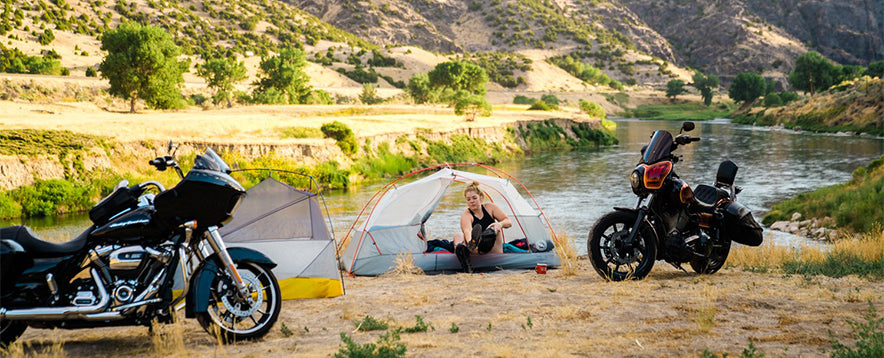
4. Overlanding
Overlanding is a popular style of camping that involves off-road travel and self-sufficiency. This style of camping typically involves using a specialized vehicle, such as a 4x4 or SUV, and traveling to remote locations. It's ideal for those who want to explore rugged terrain and remote wilderness areas.

5. Dry Camping
Dry camping, also known as boondocking, is a style of camping that involves staying in a location without any amenities, such as water or electricity. This style of camping is often used by RVers or those who want to escape crowded campgrounds and enjoy a more secluded experience.

6. Rooftop Camping
Rooftop camping involves setting up a tent on the roof of a vehicle, such as an SUV or van. This style of camping is ideal for those who want a unique camping experience and enjoy the convenience of being able to park and camp almost anywhere.
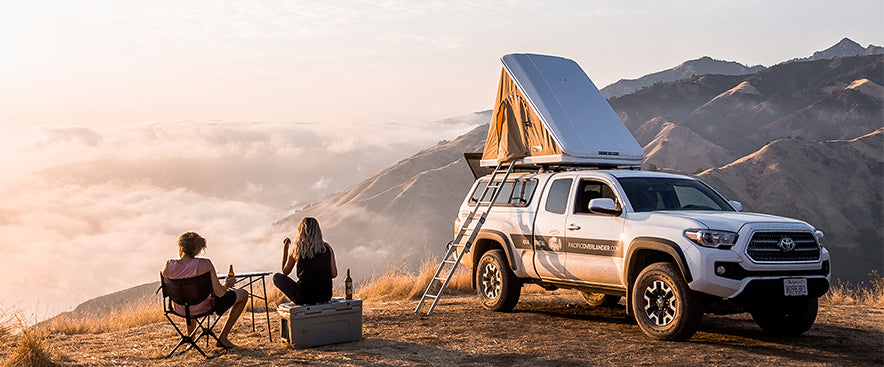
7. Tent Camping
Tent camping is a classic camping style that involves setting up a tent at a campsite or remote location. It's perfect for those who want a traditional camping experience and don't mind roughing it a bit.

8. Backpacking/Hiking Camping
Backpacking or hiking camping involves carrying all your gear and supplies on your back and hiking to a remote location to set up camp. It's ideal for those who want a challenging and immersive camping experience in the wilderness.
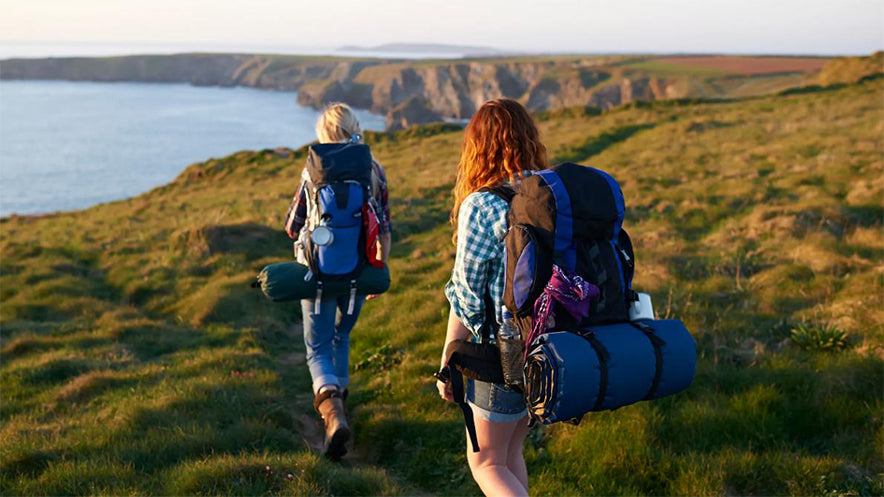
9. Canoe Camping
Canoe camping is a unique style of camping that involves traveling by canoe to a remote location and setting up camp. It's perfect for those who want to combine camping with water activities and enjoy a more peaceful and secluded camping experience.
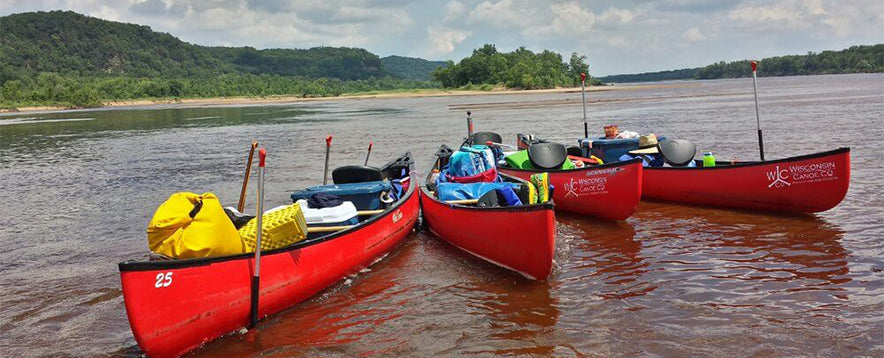
10. Winter Camping
Winter camping is a challenging but rewarding style of camping that involves camping in snowy conditions. It requires specialized gear and preparation, but it's perfect for those who want a unique and memorable camping experience in the winter wonderland.
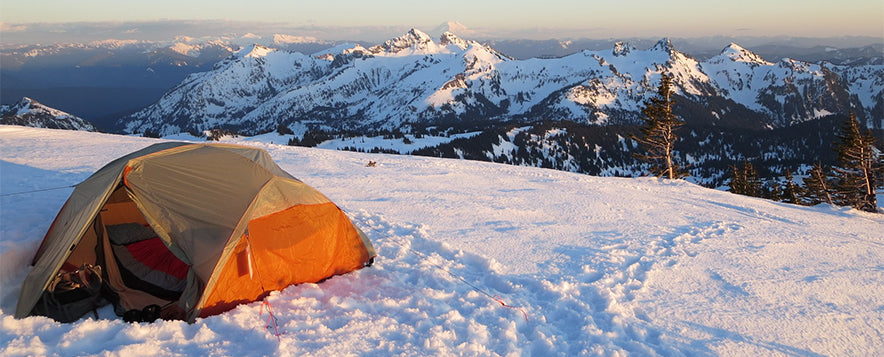
11. Survivalist Camping
Survivalist camping, also known as bushcraft camping, is a style of camping that focuses on survival skills and self-sufficiency. It’s ideal for those who want to learn survival skills and enjoy a more rugged and immersive camping experience.

12. Hammock Camping
Hammock camping is a lightweight and minimalist style of camping that involves sleeping in a hammock instead of a tent. It's perfect for those who want a unique and comfortable camping experience without the hassle of setting up a tent.
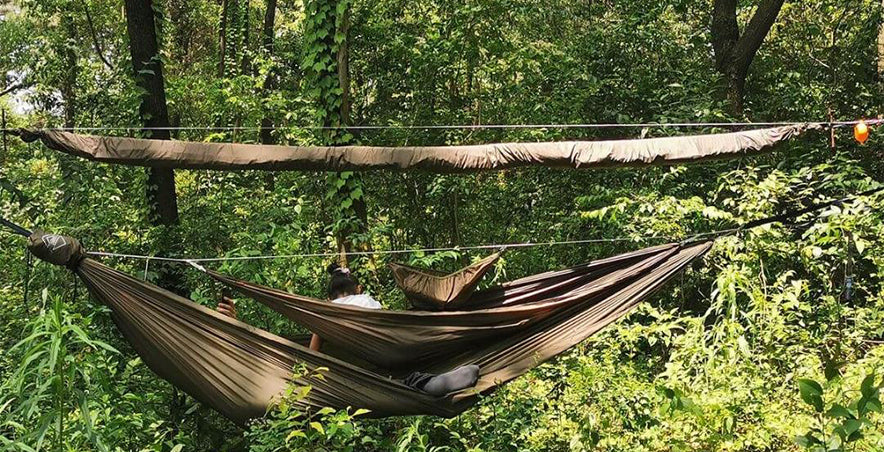
13. Bivvy Sack Camping
Bivvy sack camping is an ultra-lightweight and minimalist style of camping that involves sleeping in a waterproof bag instead of a tent. It's perfect for those who want to travel light and fast and enjoy a more immersive camping experience in nature.
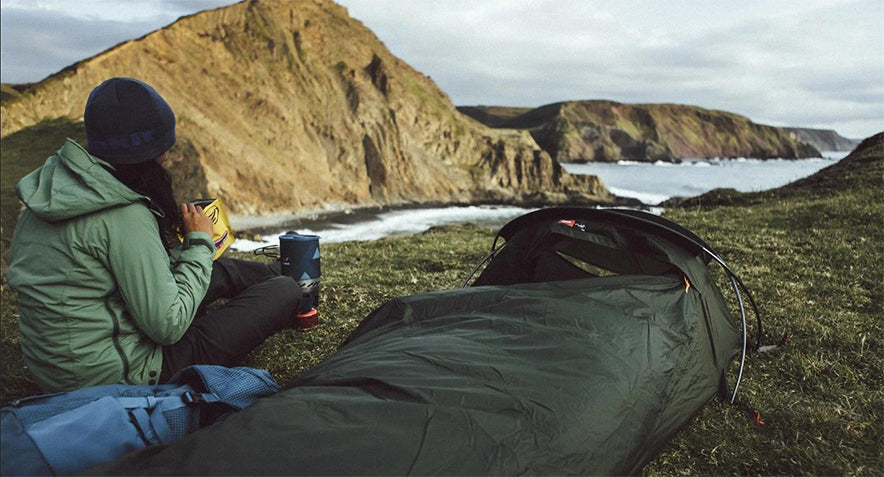
14. Work Camping
Work camping involves camping in a location while working for an employer or volunteer organization. It's ideal for those who want to combine camping with work or volunteering and enjoy a unique and rewarding experience.
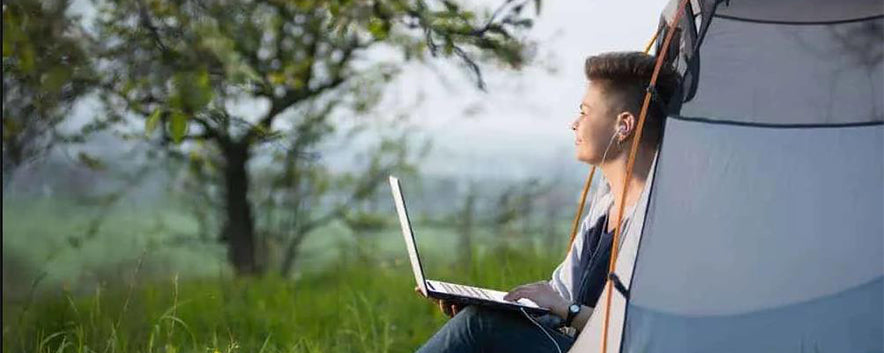
15. Glamping
It short for glamorous camping offers a luxurious and comfortable camping experience with amenities like comfortable beds, electricity, and even hot tubs. This type of camping is ideal for those who want to enjoy the great outdoors without sacrificing their usual comforts. Glamping can take many forms, from safari tents to treehouses and yurts.
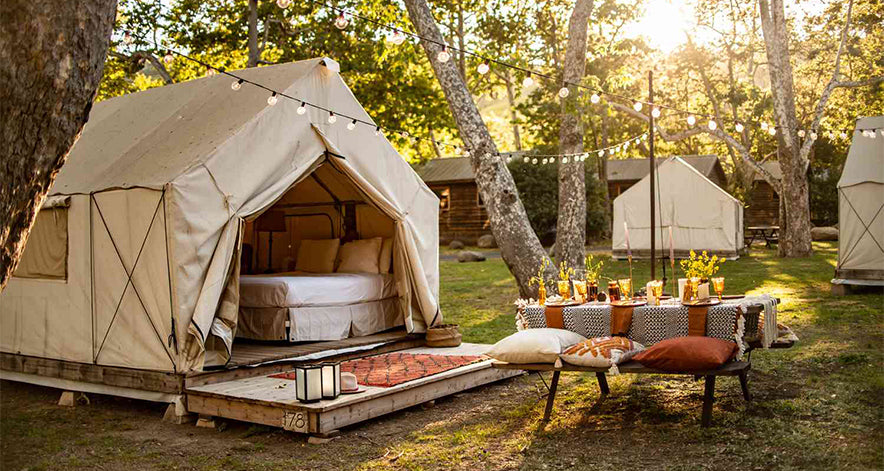
16. Backyard Camping
This type of camping is a great option for those who want to experience camping without leaving the comfort of their home. It's a fun and affordable way to introduce children to camping and teach them basic camping skills. Backyard camping can involve setting up a tent in your backyard or even just sleeping under the stars in a sleeping bag.
